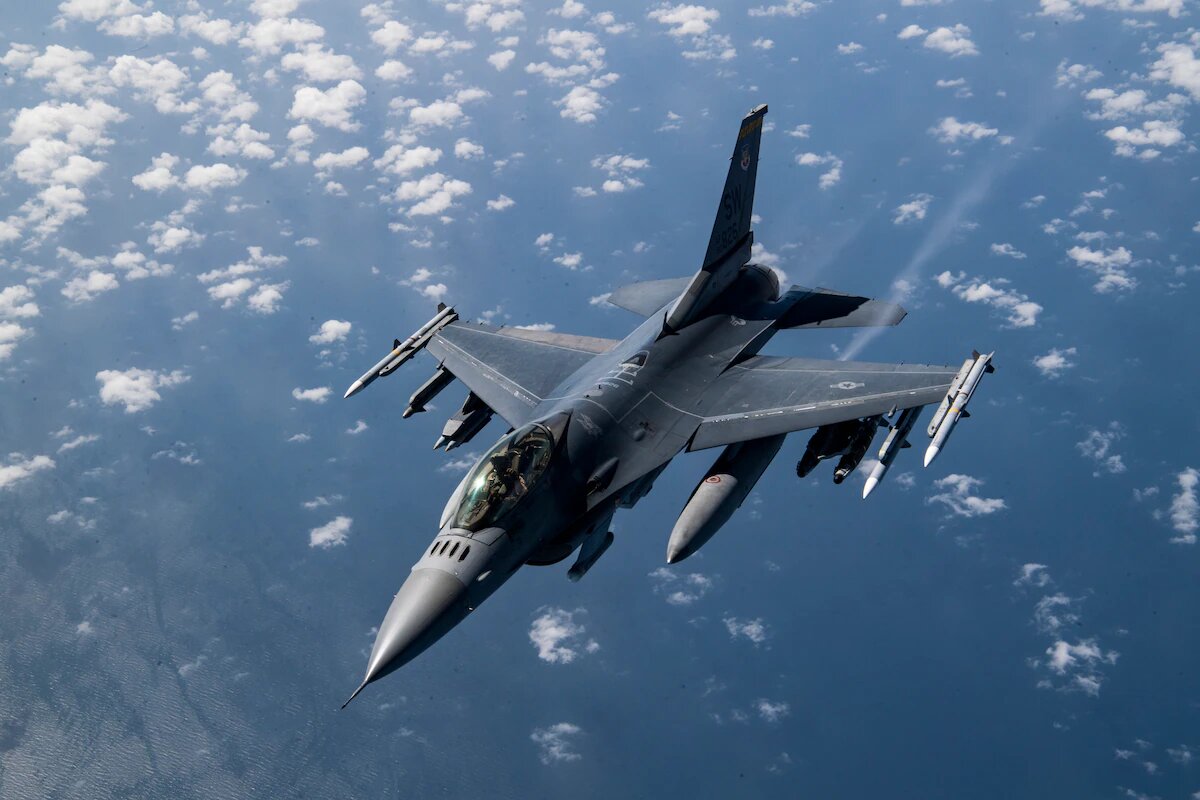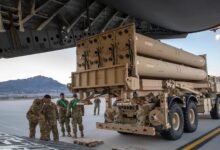US Official States Allies May Take Months To Provide F-16s To Ukraine

- The Czech Republic, Greece, and Slovenia have sent over T-72 tanks, BMP-1 infantry fighting vehicles, and a lot of armored personnel carriers.
- The State Department's current goal is to help convince these countries to keep giving Ukraine weapons that will help Ukraine defend itself against Russia.
A State Department source said here on June 19 that any possible transfer of F-16 fighter jets to Ukraine, whether from the U.S. or from an ally, would take months to finish.
Even though the U.S. hasn’t said anything about sending F-16 fighter planes to Ukraine yet, Stan Brown, the department’s senior deputy assistant secretary for political-military affairs, said that the U.S. backs other allies’ plans to send these planes to Kyiv.
In May, rumors started to spread that the Netherlands was thinking about giving Ukraine some of its F-16 fleet and wanted to start teaching pilots right away. But the move of these planes to Ukraine needs to be part of a “holistic” plan that includes training for both pilots and mechanics, Brown told reporters Monday at the Paris Air Show, which is held every two years outside of the city. Before the license to move the F-16s, one of the first things that will need to happen is the license to train the airmen who will fly them.
Then, the planes themselves need to be figured out, including whether they’ll be sent by a third party or some other way, and a plan for how the Ukrainian military will use them needs to be made, Brown said.
So that trial training can start, the State Department is already working on the paperwork for third-party transfer requests from countries like the Netherlands, he said. But he didn’t give an exact date for when that would be done.
Russia’s war in Ukraine has made the State Department change how it sells military equipment to other countries. This is to make sure Ukraine gets the military help it needs quickly and easily, and to make it easier for other U.S. allies to buy military equipment.
Last month, the department put out a “retooling” document for FMS sales. It included a 10-point plan to simplify the process and make it easier to give friends what they need. Some of the points are strategic goals, like making regional plans for how to transfer arms and supporting FMS cases based on the goals in the National Security Strategy. But they also agree that there is a need to improve training for security cooperation officers and update the way that Congress is notified so that efforts don’t get duplicated and so that everything is clear.
The U.S. has given Ukraine about $40 billion in military help so far, and Brown told reporters on the show floor that “we’ve used pretty much every tool in our security cooperation toolkit to get things done.” This help has come in many forms, such as presidential drawdown authorities, direct transfers from Defense Department stocks, excess defense articles, third-party transfers and direct commercial sale re-exports, foreign military sales and grant assistance, and licensed direct commercial sales, he said.
Brown said, “The bottom line is that what we’re doing there is on a historic scale.” “Things that used to take months and weeks to get through the interagency approval process are now done in just a few hours.”
Brown said that because Russia invaded Ukraine, the State Department is putting a high priority on getting countries to stop using tools made in the Soviet Union.
Over the past year and a half, several European countries have given Ukraine their old Russian weapons. The Czech Republic, Greece, and Slovenia have sent over T-72 tanks, BMP-1 infantry fighting vehicles, and a lot of armored personnel carriers. NATO member countries have promised to replace this equipment with more modern, flexible vehicles.
The State Department’s current goal is to help convince these countries to keep giving Ukraine weapons that will help Ukraine defend itself against Russia. They also want to help these countries move away from systems from the Soviet era.
“First, we make sure that other countries can help fill in for Ukraine, and then we try to fill in for them,” he said.







Facebook Comments